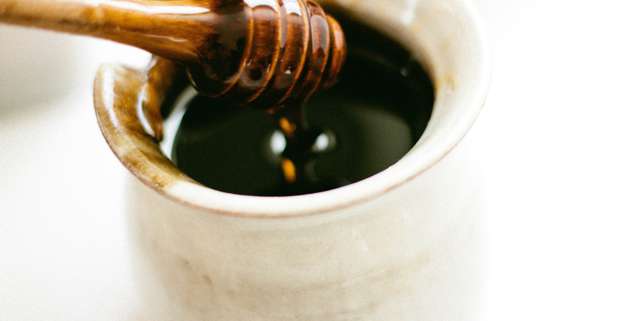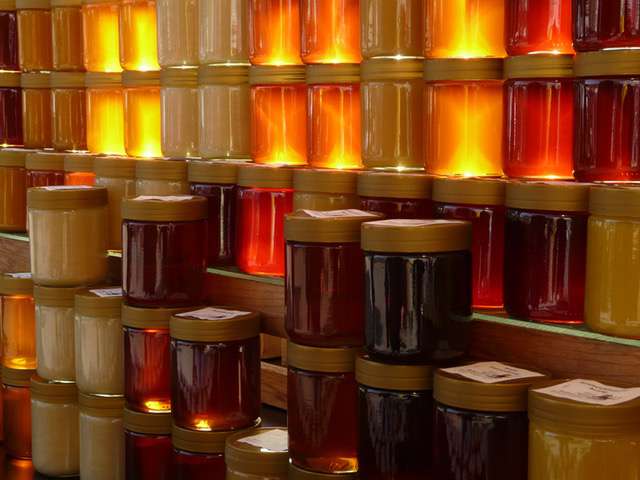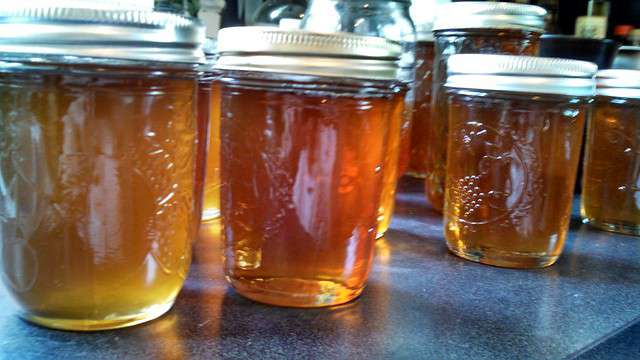
It’s not often that the intrigue and specter of criminal activity enter the honey world. However, when it comes to manuka honey, it’s a different story. Manuka honey, derived from the manuka tree, is one of the rarest and valuable kinds of honey in the world. Renowned for its touted medicinal properties and rich, complex flavor, manuka honey fetches significantly higher prices than standard honey, spurring the emergence of a global counterfeiting industry.
Approximately 1,700 tons of manuka honey are produced annually in New Zealand, “representing almost all the world’s production.” Yet 10,000 tons of honey product labeled as manuka is being sold each year around the world, with 1,800 of those tons sold in the UK alone.1 The problem has become so widespread that specialized testing methodologies have now been developed to differentiate between true manuka honey and counterfeit or adulterated versions.2 These authentication methods have the potential to save the honey industry (and consumers) millions of dollars each year. But until global implementation of such testing is realized, large-scale counterfeiting is likely to continue.
The primary way manuka consumers seek to identify manuka honey is by color. The product is known for its creamy to dark brown hues, hinting at its strong, distinctive flavor. As such, replicating this color is imperative to passing off counterfeits as the real deal. This may be done using a variety of methods, including adding syrups or other colorants to lighter kinds of honey to approximate the distinctive appearance of manuka. It is perhaps the strongest example of how valuable honey color can be and why color standards matter.
A Matter of Color
Manuka honey is not the only honey customers primarily evaluate based on color. In fact, honey color is perhaps the most important variable in guiding consumer choices, as it ostensibly hints at the flavor one can expect from the product. As Aubert and Gonnet wrote as early as 1986, “A very dark-colored honey is suggestively associated with a very flavored product, while a light-colored honey suggests more subtle and refined fragrances.”3 However, these assumptions are not always consistent. Indeed, “The link between the color and flavor of honey is often accidental.”
Despite the accidental nature of this link, consumers tend to have strong preferences when it comes to honey color. These are the result of both individual and cultural tastes. For example, American consumers tend to prefer lighter colored honeys while German, Swiss, and Austrians often prefer darker varieties.4 This, however, may be changing with the emergence of artisanal honeys and increased interest in rare and novel food products.5 Additionally, while color is not a perfect predictor of flavor, it can be an important indictor of quality. Color that deviates from expectations may indicate the intentional or unintentional addition of additives, processing errors, or contamination.

Honey can range from the palest white to rich amber.



